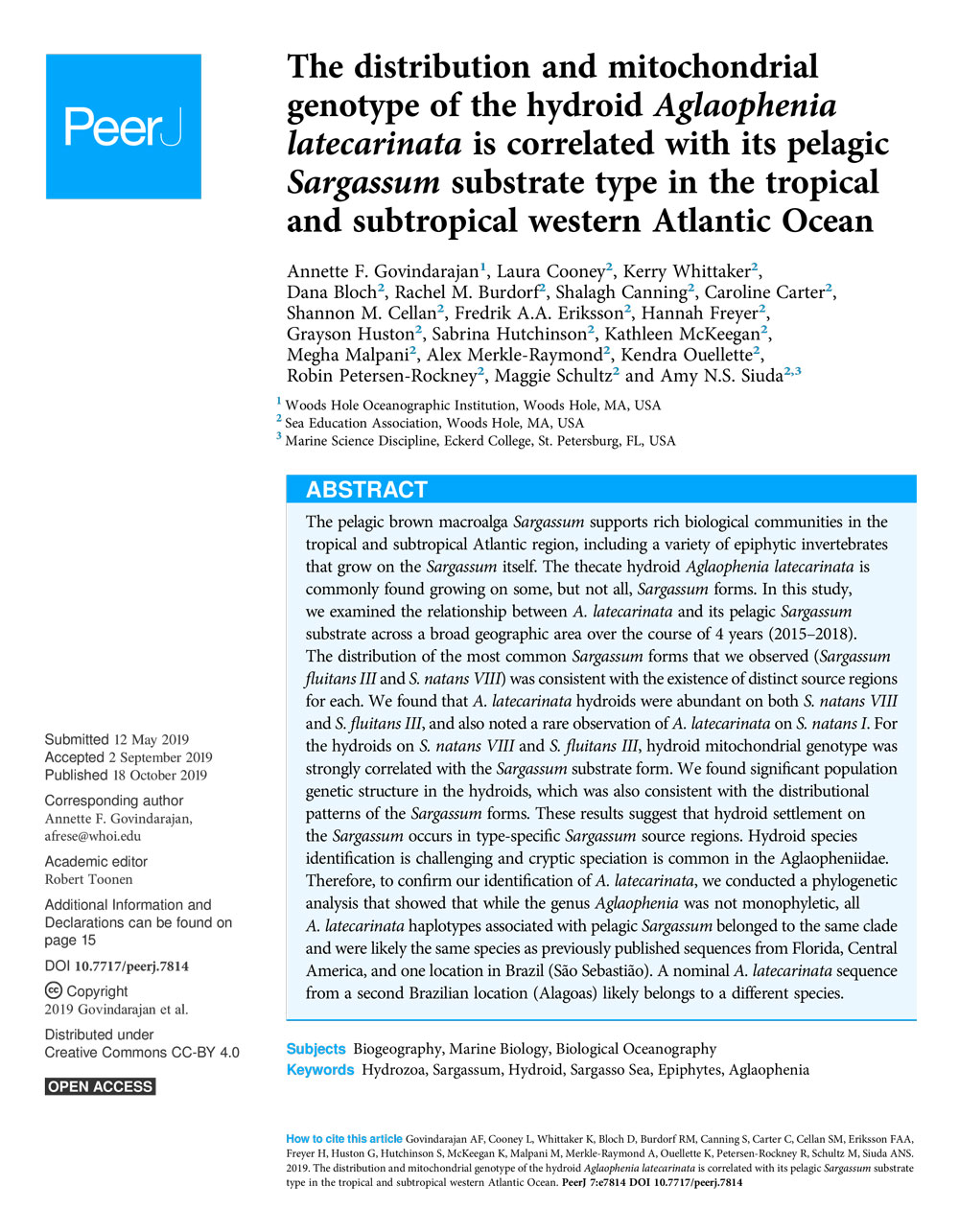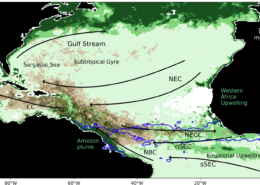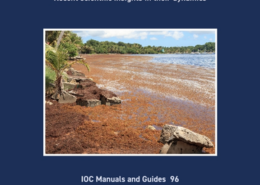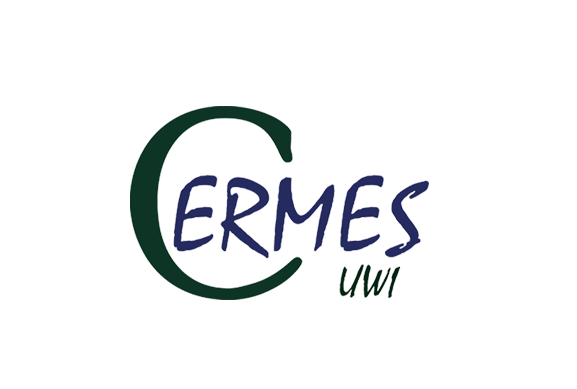THE DISTRIBUTION AND MITOCHONDRIAL GENOTYPE OF THE HYDROID AGLAOPHENIA LATECARINATA IS CORRELATED WITH ITS PELAGIC SARGASSUM SUBSTRATE TYPE IN THE TROPICAL AND SUBTROPICAL WESTERN ATLANTIC OCEAN
October 18, 2019
The pelagic brown macroalga Sargassum supports rich biological communities in the tropical and subtropical Atlantic region, including a variety of epiphytic invertebrates that grow on the Sargassum itself. The thecate hydroid Aglaophenia latecarinata is commonly found growing on some, but not all, Sargassum forms. In this study, we examined the relationship between A. latecarinata and its pelagic Sargassum substrate across a broad geographic area over the course of 4 years (2015–2018). The distribution of the most common Sargassum forms that we observed (Sargassum fluitans III and S. natans VIII) was consistent with the existence of distinct source regions for each. We found that A. latecarinata hydroids were abundant on both S. natans VIII and S. fluitans III, and also noted a rare observation of A. latecarinata on S. natans I. For the hydroids on S. natans VIII and S. fluitans III, hydroid mitochondrial genotype was strongly correlated with the Sargassum substrate form. We found significant population genetic structure in the hydroids, which was also consistent with the distributional patterns of the Sargassum forms. These results suggest that hydroid settlement on the Sargassum occurs in type-specific Sargassum source regions. Hydroid species identification is challenging and cryptic speciation is common in the Aglaopheniidae. Therefore, to confirm our identification of A. latecarinata, we conducted a phylogenetic analysis that showed that while the genus Aglaophenia was not monophyletic, all A. latecarinata haplotypes associated with pelagic Sargassum belonged to the same clade and were likely the same species as previously published sequences from Florida, Central America, and one location in Brazil (São Sebastião). A nominal A. latecarinata sequence from a second Brazilian location (Alagoas) likely belongs to a different species.














